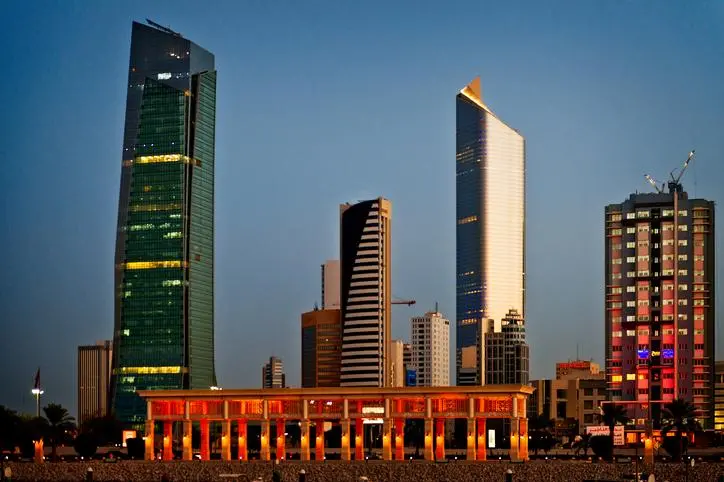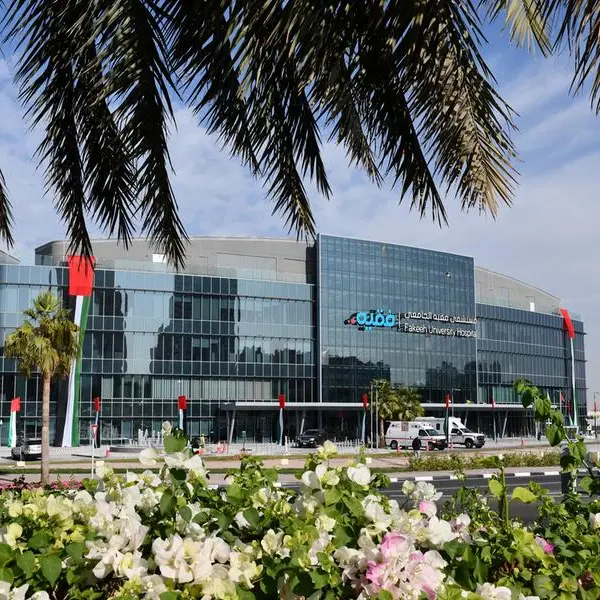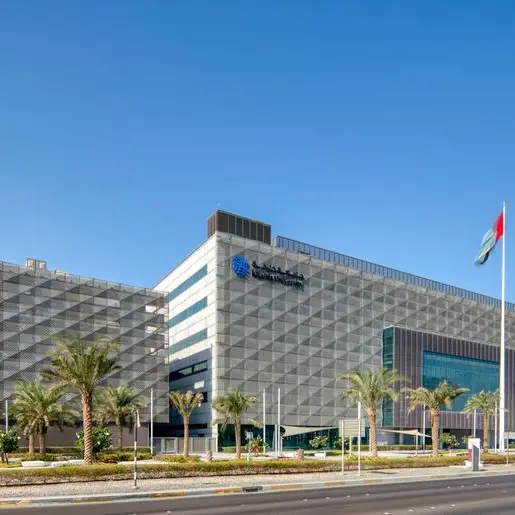PHOTO
The outlook for Kuwait's banking system remains stable as robust economic growth will support credit conditions, Moody's Investors Service said.
While high lending concentration to single borrowers and to the volatile real-estate sector pose substantial risks to the country's banks, these are mitigated by very large loan-loss reserves, robust capital and sound liquidity, it said a report issued Wednesday.
"Non-oil GDP growth will remain strong, supporting banks' business-generation," said Nitish Bhojnagarwala, VP-Senior Credit Officer at Moody's. "High lending concentration to single borrowers and to the volatile real-estate sector pose substantial risks to Kuwait's banks, but these are mitigated by very large loan-loss reserves, robust capital and sound liquidity."
Moody's expects non-oil GDP growth to remain strong, picking up to around 3 percent this year from 2.5 percent in 2019. “The government remains committed to its national development plan and its many projects will drive annual credit growth to around 5 percent over our outlook period.”
Credit growth
Domestic credit growth is likely to remain around 5 percent in 2020 against an inflation forecast of around 3 percent, largely driven by retail (consumer and household) loans.
Corporate credit growth will remain a little lower, but the hydrocarbon (crude oil and gas), construction and contracting sectors will continue to be areas of credit growth.
While loan quality is expected to deteriorate slightly, it will remain sound, according to Moody’s. However, problem loans will gradually rise to around 2 percent of gross loans in 2020 from 1.6 percent in 2018, due to delinquencies at some banks' foreign subsidiaries. In Kuwait itself, credit conditions will remain sound.
However, concentration of credit and exposure to volatile real estate and equity markets remain as vulnerabilities. Personal loans extended for the purchase of securities, and loans to Kuwaiti investment companies are also vulnerable, the report noted. Loans to these vulnerable segments (including real estate) made up a third of the sector-wide domestic loan book as of September 2019, it said.
Strong capital buffers
Kuwaiti banks have substantial capacity to absorb unexpected losses. “All our rated banks report robust capital, underpinned by strict regulatory requirements. The aggregate Basel III reported Tier 1 capital ratio for the banking sector was 14.6 percent in September 2019.”
The tangible common equity ratio for the country's banking system will remain stable at around 14.5 percent, the report added. The adoption of IFRS 9 and Kuwait's regulatory provisioning requirements have helped banks build up substantial loan loss reserves, which stood at 275 percent of problem loans as of December 2018.
Profitability to stabilise
Kuwaiti banks’ profitability will stabilise after modest increases in recent years, the ratings agency said, adding it expects net income to average 1.3 percent of tangible assets over the next 12 to 18 months for the banking system, in line with full year 2018.
“Despite recent interest rate declines, we expect Kuwaiti banks to manage their asset mix which will help maintain their margins at around 2.6 percent. Small branch networks and large asset bases support relatively stronger efficiency.”
Like other banks in the GCC, Kuwaiti banks also benefit from low corporate taxes. The combination of strong margins, low provisioning needs, healthy business growth and low taxes means Kuwaiti banks' bottom-line profitability will remain stable over the outlook period and is in line with some of its highly profitable GCC peers, the report noted.
(Writing by Brinda Darasha, editing by Seban Scaria)
#KUWAIT #BANKS #MOODY’S #CREDIT #ECONOMY
Disclaimer: This article is provided for informational purposes only. The content does not provide tax, legal or investment advice or opinion regarding the suitability, value or profitability of any particular security, portfolio or investment strategy. Read our full disclaimer policy here.
© ZAWYA 2020












